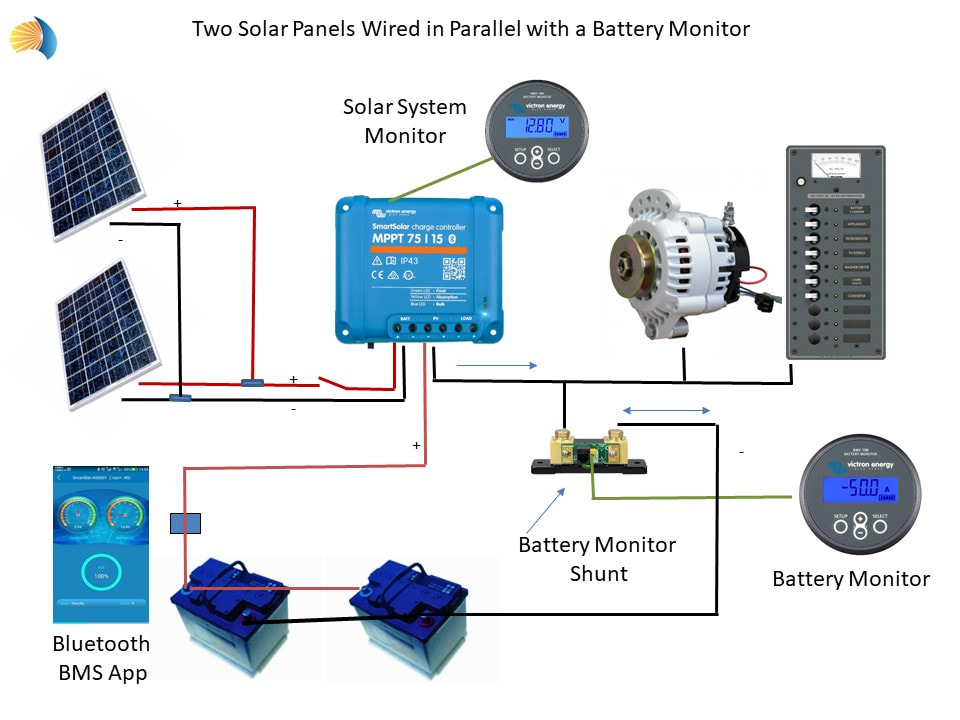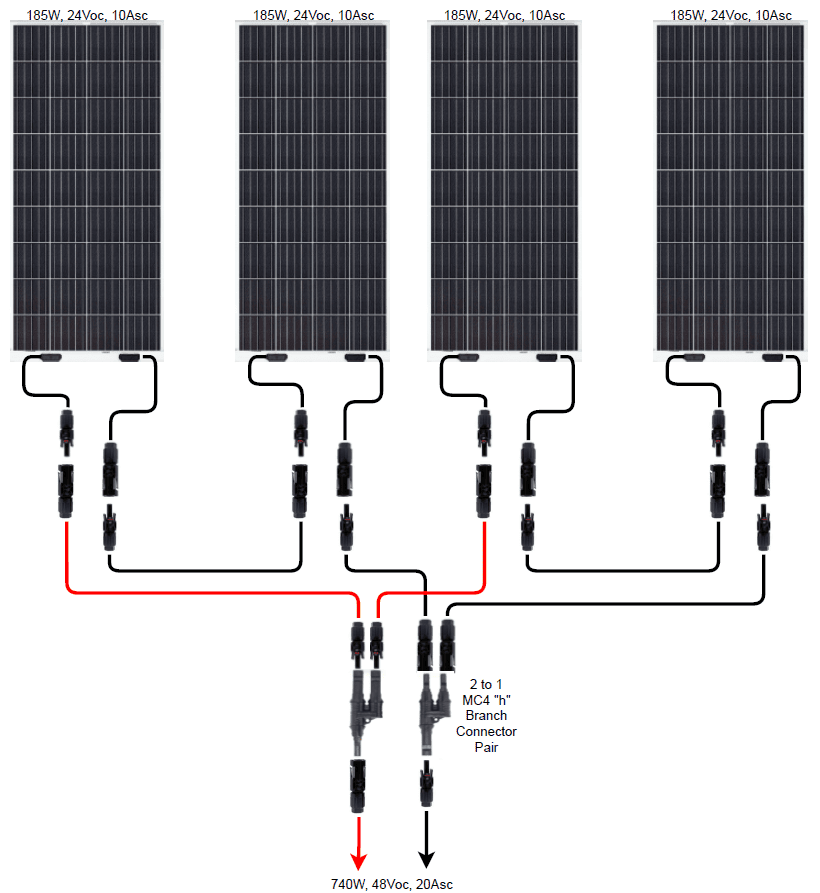“Solar panel wiring with MPPT charge controller”
Introduction to MPPT Charge Controllers
MPPT charge controllers are designed to optimize the energy harvest from solar panels by tracking the maximum power point (MPP) of the array. Unlike traditional PWM (Pulse Width Modulation) charge controllers, which can waste up to 30% of the available energy, MPPT charge controllers can increase energy production by up to 30%. This is achieved by continuously monitoring the voltage and current output of the solar array and adjusting the charge controller’s input voltage to match the MPP.
Benefits of MPPT Charge Controllers
The benefits of using an MPPT charge controller in a solar panel system are numerous:
- Increased Energy Production: By tracking the MPP of the solar array, MPPT charge controllers can maximize energy production and reduce energy losses.
- Improved Efficiency: MPPT charge controllers can achieve efficiencies of up to 98%, compared to traditional PWM charge controllers which typically have an efficiency of around 70-80%.
- Flexibility: MPPT charge controllers can handle a wide range of solar panel configurations, including series and parallel connections.
- Reduced Heat Generation: MPPT charge controllers generate less heat than traditional charge controllers, which can improve overall system reliability and lifespan.

Components of a Solar Panel System with MPPT Charge Controller
A typical solar panel system with an MPPT charge controller consists of the following components:
- Solar Panels: The solar panels are the primary source of energy for the system, converting sunlight into DC electricity.
- MPPT Charge Controller: The MPPT charge controller regulates the flow of energy from the solar panels to the battery bank, tracking the MPP of the array to optimize energy production.
- Battery Bank: The battery bank stores excess energy generated by the solar panels during the day for use at night or during periods of low sunlight.
- Inverter/Charger: The inverter/charger converts the DC electricity from the battery bank into AC electricity for use in the home or business.
- Wiring and Connectors: The wiring and connectors used in the system must be sized and rated for the maximum current and voltage of the system.

Solar Panel Wiring Considerations

When designing and installing a solar panel system with an MPPT charge controller, there are several wiring considerations to keep in mind:
- Series and Parallel Connections: Solar panels can be connected in series and parallel to achieve the desired voltage and current output. Series connections increase the voltage, while parallel connections increase the current.
- Wire Sizing: The wire size used in the system must be sufficient to carry the maximum current of the solar array, without exceeding the maximum voltage drop.
- Connector Selection: The connectors used in the system must be rated for the maximum current and voltage of the system, and must be compatible with the wire size and type.
- Grounding and Bonding: The system must be properly grounded and bonded to prevent electrical shock and ensure safe operation.
Best Practices for Designing and Installing a Solar Panel System with MPPT Charge Controller
To ensure a safe and efficient solar panel system with an MPPT charge controller, follow these best practices:
- Conduct a Site Assessment: Conduct a thorough site assessment to determine the solar panel system’s energy requirements and to identify any potential shading or obstructions.
- Choose the Right Components: Choose high-quality components, including solar panels, MPPT charge controllers, and wiring, to ensure reliable and efficient operation.
- Follow Manufacturer Instructions: Follow the manufacturer’s instructions for the installation and configuration of the MPPT charge controller and other system components.
- Test and Commission the System: Test and commission the system to ensure it is operating safely and efficiently, and to identify any potential issues or defects.
- Regular Maintenance: Regularly inspect and maintain the system to ensure optimal performance and to prevent damage or failure.
Common Mistakes to Avoid
When designing and installing a solar panel system with an MPPT charge controller, there are several common mistakes to avoid:
- Insufficient Wire Sizing: Using wire that is too small for the system can result in excessive voltage drop and reduced system performance.
- Inadequate Grounding and Bonding: Failure to properly ground and bond the system can result in electrical shock and fire hazards.
- Incorrect MPPT Charge Controller Configuration: Failing to configure the MPPT charge controller correctly can result in reduced system performance and efficiency.
- Incompatible Components: Using components that are not compatible with each other can result in system failure or reduced performance.
Conclusion
In conclusion, solar panel wiring with an MPPT charge controller requires careful planning and design to ensure a safe and efficient system. By following the best practices outlined in this article, and avoiding common mistakes, you can create a reliable and high-performance solar panel system that meets your energy needs. Remember to always follow the manufacturer’s instructions and to consult with a qualified solar panel professional if you are unsure about any aspect of the installation process. With the right components and design, a solar panel system with an MPPT charge controller can provide years of reliable and efficient service, and help you reduce your reliance on fossil fuels and lower your energy costs.





